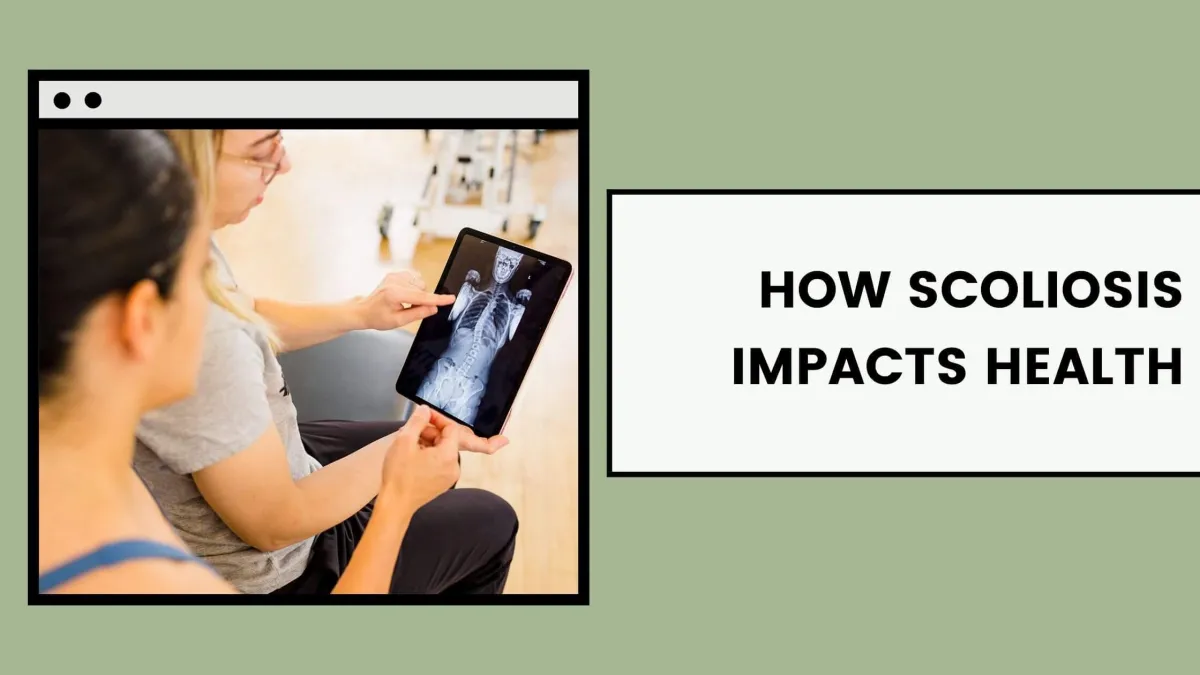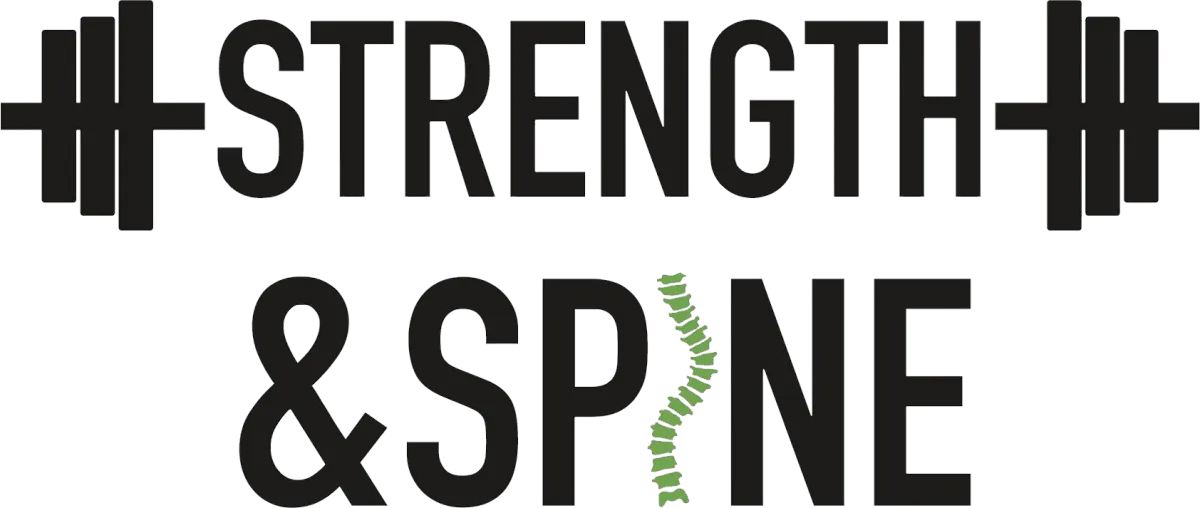Check Out The Latest Blog Posts To Learn More

How Scoliosis Impacts Health
How Scoliosis Can Impact Your Overall Health
The spine is a major player when it comes to regulating and maintaining the systems of your body. The spinal column is a delicate combination of nerves, bones, ligaments, joints, tendons, and muscles, all working together to keep you healthy.
However, when you have scoliosis, these systems can be compromised.
Scoliosis can impact the body in odd ways — ways you may never have thought were related. However, it does happen, and here’s what you should know about how it can impact your overall health.
What is scoliosis?
Scoliosis is the abnormal sideways curvature of the spine. But it’s important to know that your spine isn’t perfectly straight, to begin with. It has a series of gentle curves, and when viewed from the side, it has a slight forward curve and indentation (in the lower spine). However, Scoliosis can cause an S-shaped curve where it shouldn’t be, causing pain and other health issues in adults.
Scoliosis in adults
Once the body has reached skeletal maturity, you aren’t growing anymore, making it hard to spur changes in the spine. The force that’s being exerted on the curved spine becomes compressive and impacts both the spine and surrounding muscles. It can also impact the nervous system — which, as you can imagine, can be quite painful.
Scoliosis can interfere with nervous system signals
Scoliosis impacts your proprioception and balance, making it harder for you to hold proper alignment for longer periods of time. This affects your nervous system output, meaning you may have a tougher time knowing where your body is in space, causing you to hold a curved posture for a longer time, and ultimately throwing off your balance.
The curve caused by scoliosis may increase your predisposition to nerve irritation, which can cause pain.
Scoliosis can cause painful muscular imbalances
People with scoliosis are constantly having to overcompensate for postural imbalances, causing them to use their muscles in ways they were not designed to move. And doing so can make posture worse and cause long-term back pain from the strain.
Scoliosis can impact your digestive system
When your spine is not in the proper position, it can impact where other parts of your core area are located. The abdomen is tightly packed, so spinal curvature, even by a small amount, can imbalance organs involved in the digestive system — mainly the esophagus, stomach, and intestines.
The more the spine is curved, the more rigid it gets, causing more uneven pressure. This impacts the GI tract’s ability to move food particles efficiently, causing painful stomach bloating, acid reflux, and nausea, among other common digestive issues:
Not being able to properly absorb nutrients
Feeling full even if you didn’t eat enough
Irritable Bowel Syndrome (IBS)
Constipation
Weight loss
Scoliosis can compress your reproductive system
The nerves that run through the spinal connect your brain to your body. And when scoliosis comes into the mix, it can wreak havoc on numerous systems in the body, which is why scoliosis can affect so many of its functions, even if it seems unrelated. Scoliosis can cause irregular cycles later in life and painful ones at that.
Even though we still aren’t exactly sure why, we do know that more females are diagnosed with scoliosis than males, and as a woman with scoliosis, you know your body and the pain you experience during your cycle.
However, it’s likely because of the pressure placed on the spine as your uterus contracts and swells during your cycle. This, along with hormonal changes, can cause back pain, and when you already have scoliosis, it can feel much worse.
Recent research also shows that scoliosis can also have adverse impacts on sexuality and relationships, especially in women. This is due to the long-term effects scoliosis can have and years of brace or surgical correction.
Scoliosis can reduce cardiac output and respiratory capacity
Scoliosis can keep you from taking full, deep, breaths. That risk increases when the spine is curved more than 80 degrees.
Because your ribs are attached to your spine, scoliosis may cause your ribs to move in unnatural and uncomfortable ways. This means the rib cage can’t expand enough to deliver enough oxygen to the lungs. That’s why if you have scoliosis, you may feel out of breath often.
The same can be said of cardiac output. The heart needs to expand to beat, but scoliosis and the curvature that comes with it may not allow the heart to do that to its fullest extent.
In extreme cases, this can lead to premature heart failure, but to most people it will likely mean your heart needs to work harder to function.
It has also been correlated to mitral valve prolapse — a type of heart valve disease that impacts the valve between the left heart chambers, and sometimes may cause blood to leak backward into the valve. Symptoms include irregular heartbeat and shortness of breath. It often isn’t life-threatening but may need medication or surgery to manage.
Scoliosis can cause sleeping difficulties
Scoliosis has a ripple effect on the body, and when the spine is not probably in place, it can be difficult to get a restful night’s sleep. It can be uncomfortable to fall asleep and stay asleep through the night. This is because scoliosis affects posture, which is a key part of finding the right sleep position, and it may impact lung capacity, making it difficult to breathe at night.
Want help managing your pain?
Scoliosis can be tough to manage, especially if you aren’t sure where to start. You want to minimize your pain, but you aren’t sure what the best way to do that may be. You weren’t taught much about scoliosis as a kid, Google searches terrify you (thanks WebMD), and you’re tired of not being heard during your visits to the doctor.
Allow us to introduce you to the Scoliosis Strength Program!
As people with scoliosis ourselves, we know just how painful it can be, and how frustrating it can be trying to manage that pain with limited resources. That’s why we created this program, specifically designed for adults with scoliosis or a spinal fusion who are ready to take their strength and wellness into their own hands.
The Scoliosis Strength Program has 3 features that differentiate it from other physical therapy or exercise programs you’ve done in the past.
We start with an initial empowerment session where you get to know your curve, leaving you feeling more confident about taking the steps needed to minimize your pain. Knowledge is power!
Then, we’ll customize exercises to help you build strength, opening the door for more physical activity — which ultimately improves alignment and reduces pain. You’ll also get valuable insight into how to maintain this process in your daily life.
If you’re ready to take control of your scoliosis-related pain — learn more about The Scoliosis Strength Program here!
WE ARE
Strong with Scoliosis
Start today on an exercise program that helps you become empowered, strong, and confident in your scoliosis curve.
FIND US
Strength and Spine
Online Sessions and Coaching
We work with clients all over the world
*Please contact us for in-person appointments*

